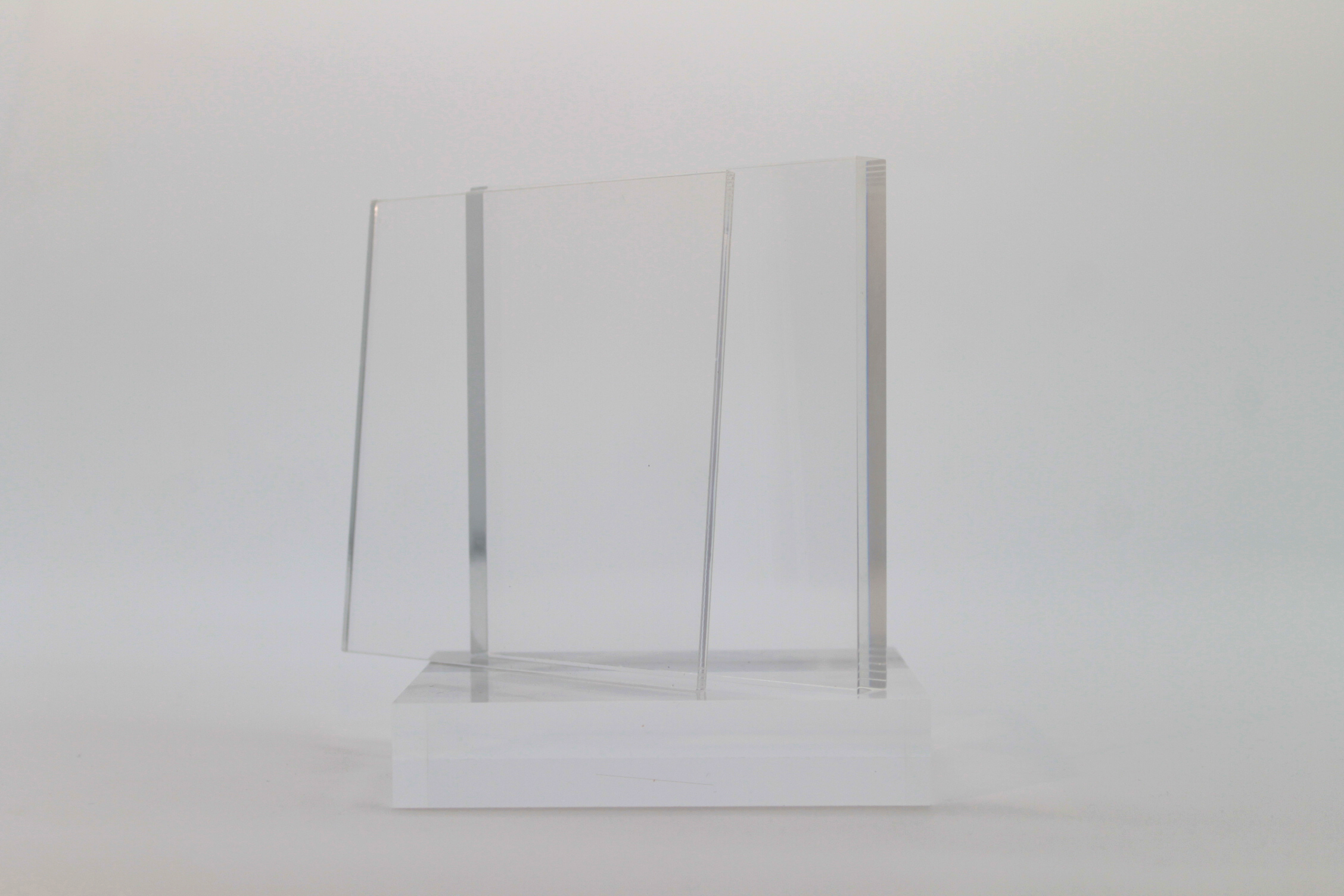Glues, Adhesives and Cleaning Products for Polycarbonate and Acrylic
GLUE FOR POLYCARBONATE AND ACRYLIC
At Polimer Tecnic we supply a wide variety of products for gluing, cleaning and maintenance of acrylic, polycarbonate, PVC, and other plastic products. A wide range of glues for polycarbonate and acrylic for professional use, with a variety of viscosities that adapt to each use: Pegacril DS1 glue, Pegacril DX1 glue, Pegacril DX2 glue and Pegacril PC glue, Pegacril WG17 glue, specific for gluing the coating Vitroflex Wallguard.
For cleaning acrylic, polycarbonate, polypropylene, PS, ABS… we offer Netacril PT, a diluted cleaner, for professional use for plastics, which in addition to cleaning eliminates static charges from all types of plastics in the industrial sector.
And for plastic polishing, we have G4 Polishing, which is used to polish all types of acrylics.
We believe that the finishing and correct maintenance and cleaning of plastic materials has to be the most suitable, hence we also work thinking of making all possible means available to our clients to guarantee the maximum durability of their plastic installations.
PROPERTIES OF PEGACRIL
Pegacril is a clear and viscous adhesive, designed for the correct bonding and gluing of methyl acrylic (PMMA).
This acrylic glue is applied with a small bottle provided with a cannula or nozzle, applying the glue on the edges of the pieces to be joined exerting a little pressure until the adhesive settles. It is, therefore, a formula of proven effectiveness to have at your disposal the most perfect of finishes in your plastic installation.
APPLICATION AREAS
At Polimer Tecnic we sell various qualities of gluing and cleaning products and cleaning of plastic materials and installations according to your needs:
- PEGACRIL DS: low-performance, low-cost applications.
- PEGACRIL DX1: gluing of quality methacrylate pieces. Low viscosity.
- PEGACRIL DX2: gluing of quality methacrylate pieces. Higher viscosity. Thicker.
- PEGACRIL BC: high-performance two-component glue for gluing large-area pieces and methacrylate blocks. Glued with addition of material, filling of spaces and can be colored, to customize the finish.
Contact us and we will help you choose the most suitable maintenance and cleaning products so that the final result of your projects is the desired one and they remain as the first day.







